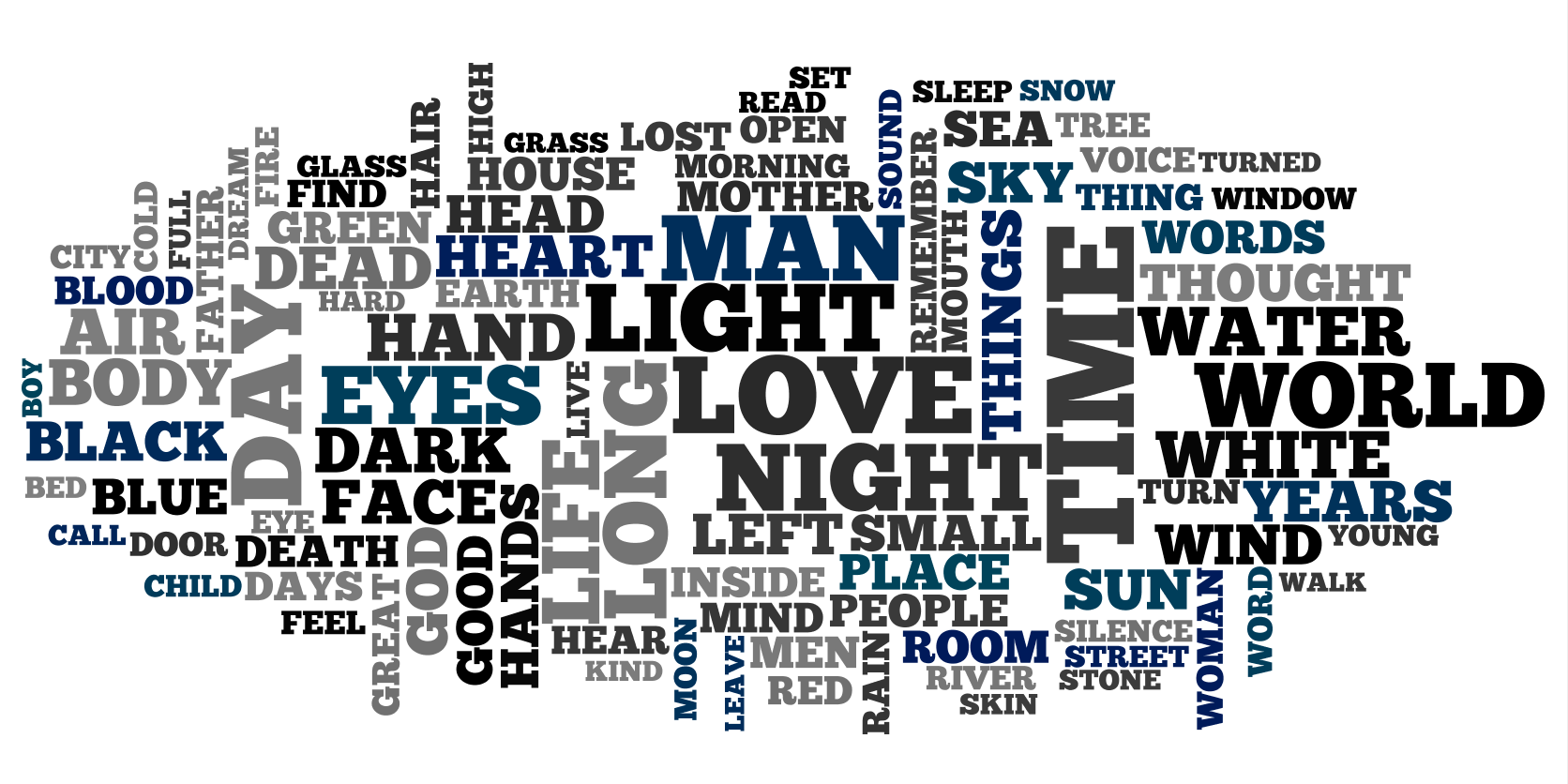I have one, you have one. Ta...
I have one, you have one. Take away a letter and a bit remains. If you remove the second, bit still remains. After much trying, you might be able to remove the first one also, but it remains. What's the word?Correct answers: 41
The first user who solved this task is On On Lunarbasil.
#brainteasers #wordpuzzles #riddles

Water in the carburetor
WIFE: "There's trouble with the car. It has water in the carburetor."
HUSBAND: "Water in the carburetor? That's ridiculous."
WIFE: "I tell you the car has water in the carburetor."
HUSBAND: "You don't even know what a carburetor is. I'll check it out. Where's the car?"
WIFE: "In the pool."

